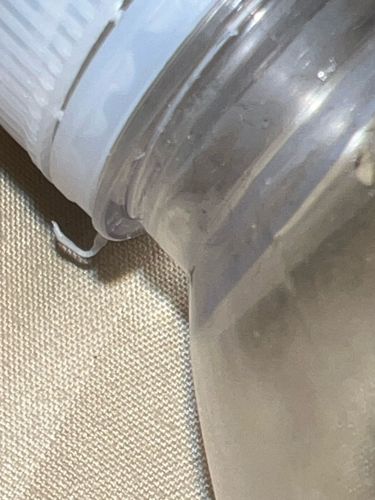Ant
Scientific Name: Formicidae
Order & Family: Hymenoptera, Formicidae
Size: 1 mm to 30 mm (0.04 to 1.2 inches)

Natural Habitat
Ants are found almost everywhere on Earth, except Antarctica and a few remote islands. They build nests in a wide variety of habitats including soil, under rocks, in wood, and sometimes inside human structures.
Diet & Feeding
Ants are omnivorous, consuming a wide range of foods including nectar, seeds, fungi, other insects (both living and dead), and honeydew produced by aphids. Their diet varies depending on the species.
Behavior Patterns
Ants are social insects that live in colonies, which can consist of hundreds to millions of individuals. They exhibit complex social structures with a queen, male drones, and sterile female workers. Workers perform various tasks like foraging, nest maintenance, and caring for the young. They communicate through chemical signals (pheromones) and touch. Some species exhibit swarming behavior during reproduction.
Risks & Benefits
Potential risks include painful bites or stings from some species (e.g., fire ants), property damage (e.g., carpenter ants nesting in wood), and contamination of food. Benefits include pest control (preying on other destructive insects), aeration of soil, and seed dispersal.
Identified on: 9/27/2025